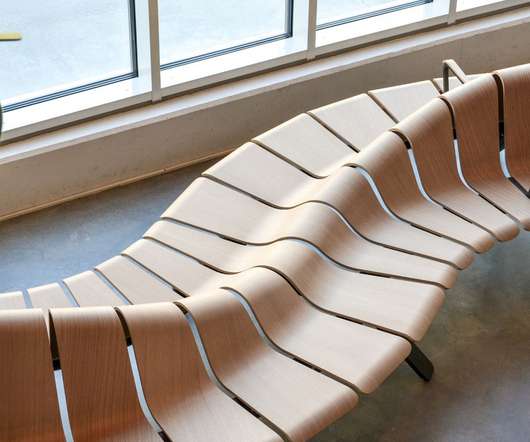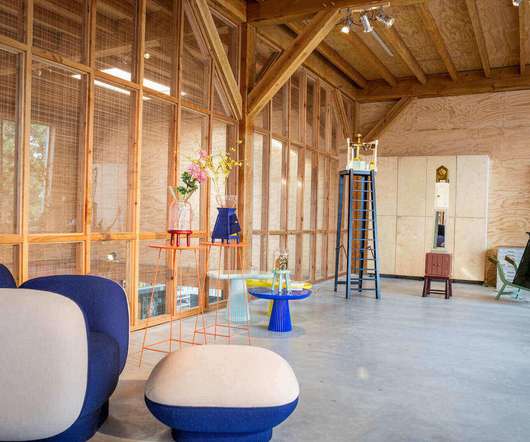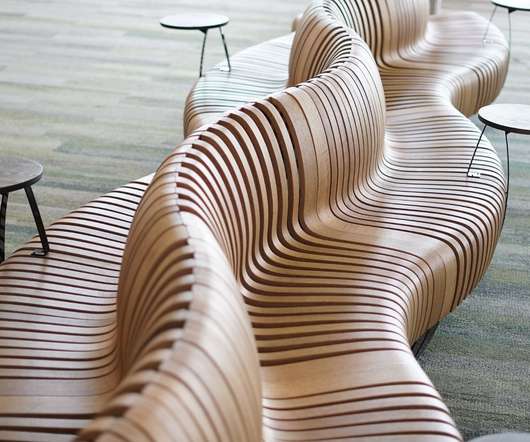The soft and sustainable curves of Ascent Series – Green Furniture Concept’s seamless seating system
Design Wanted
MAY 25, 2021
Since 2007, the straight-talking Swedish brand has employed ecologically sound processes, focusing on design that uses natural and recycled materials to create modular seating for airports and other interior landscapes. Aluminum is a great material since it is light, yet at the same time, it is very strong.












Let's personalize your content